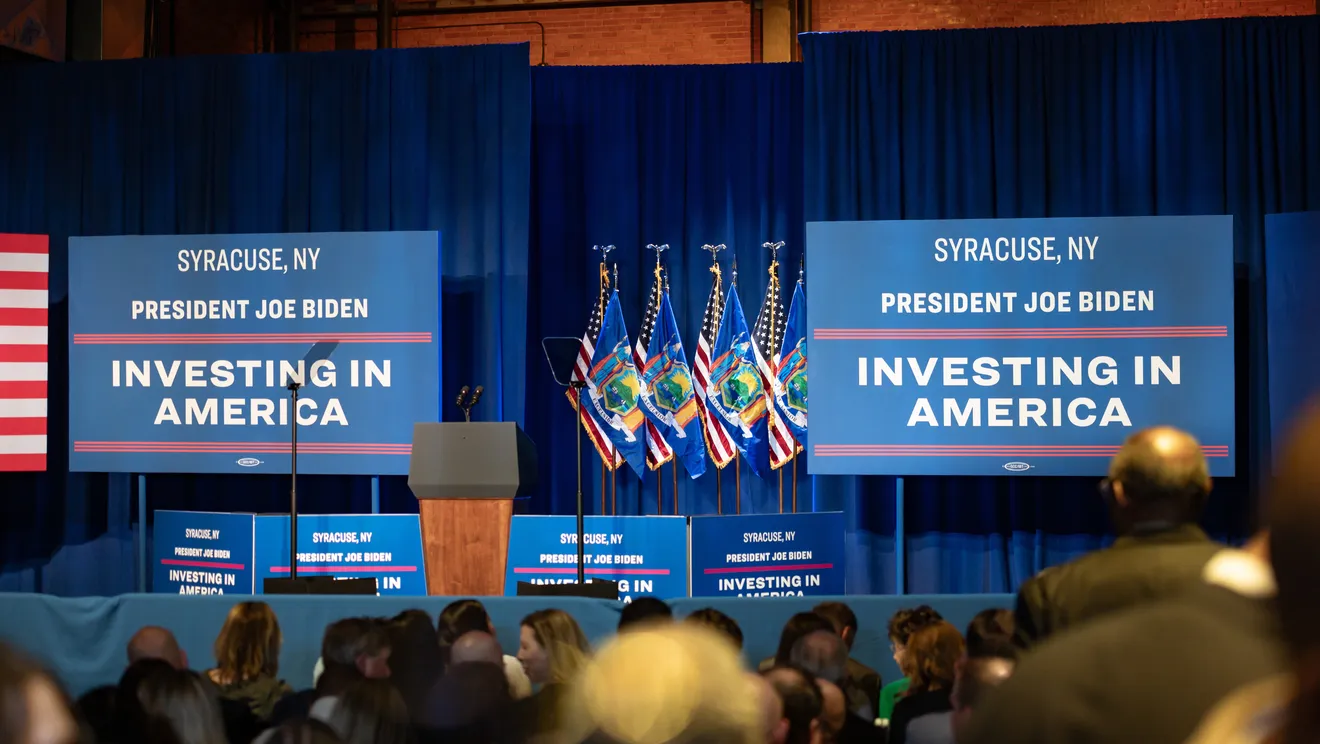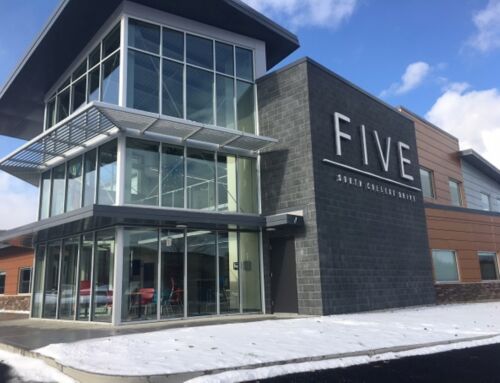Stacey Duncan Special to the USA TODAY Network
Recent high-tech growth across upstate has been driven by a variety of factors, including significant R & D investment by the state and the aggressive site preparedness work of counties and regional economic development organizations.
But another key factor is often overlooked — the availability of an abundance of power, along with the water and wastewater capacity required by microchip fabs, life science manufacturing, data centers and related supply chain businesses.
Like any other resource, energy is finite. If we want to continue our upward trajectory, we must ensure continued access to, and reliability of, the power these sectors demand — especially as the state navigates its way toward its clean energy mandates.
Historically, the upstate region had ample power thanks to a diverse generation portfolio that includes hydro, wind, solar and nuclear, and to the widespread use of natural gas. Energy scarcity was largely a downstate problem.
But now that our economic rebound is turning to a full-blown renaissance, energy-related challenges loom with no clear direction on how to proactively prepare and ultimately meet the growing demand.
The state’s independent electric grid operator is warning of thinning reliability margins, specifically pointing to megaprojects in Central, Western and Northern New York and the Capital Region. The concerning potential shortages statewide, including in the Southern Tier, could delay or altogether halt exciting new construction and redevelopment initiatives.
We are in a race against time to develop new and expand current power sources and invest in the aging grid infrastructure to accommodate these generational projects. To preserve our long-term economic competitiveness and viability, all options must be on the table.
As economic developers, our charge is to spur growth and attract new wealth to bring good-paying local jobs and property tax revenues that support high-quality public services. The clear warning signs about the fragility of our power systems demand a new kind of thoughtfulness. We need a fresh look at our energy system — its structure and limitations of a regulated utility structure — in the context of funding regional capital projects.
State leaders need to spend time upstate to gain enhanced insight on how the economic development strategies are linked to energy availability and the public investment required for future prosperity. Economic developers need a seat at the table as the future of energy is debated. Working cooperatively to balance competing needs can be achieved and drive the potential success before us.
There are signs of progress. Broome County has become a center of battery storage development, which is essential to ensure reliable, dispatchable energy when wind and solar generators aren’t producing.
U.S. Senate Majority Leader Chuck Schumer last year announced that the Binghamton University-led New Energy New York Project was named a federal Tech Hub through the CHIPS & Science Act. We’re building on that momentum with the recent launch of the Upstate New York Energy Storage Engine supporting advanced, sustainable battery research and development.
In addition, the Broome County IDA is going through the environmental review and public engagement process for a new proposed 526-acre tech park that could play host to businesses aligned with clean-tech and other high-tech development. This type of greenfield development — as well as potential redevelopment of former industrial sites like Endicott’s Huron Campus — will generate significant job and workforce training opportunities for people with diverse skillsets across the Southern Tier.
The looming uncertainly around energy availability and deliverability inhibits our ability to advance these and other projects around the state and attract the additional private investment necessary to secure long-term growth.
Economic developers are bringing exciting leadership and visionary solutions to the table. When it comes to energy issues, the Southern Tier is thinking bigger than just our region. We can address the pending energy crisis by working collaboratively with federal, state, and local partners to reach clean energy objectives while preserving reliability and economic viability.
By doing so, we will positively impact not only our local communities, but the entire state.
Stacey Duncan is executive director of The Agency, the economic development driver in Broome County; president and CEO of the Greater Binghamton Chamber of Commerce; and director-at-large board member of New York Economic Development Council.




